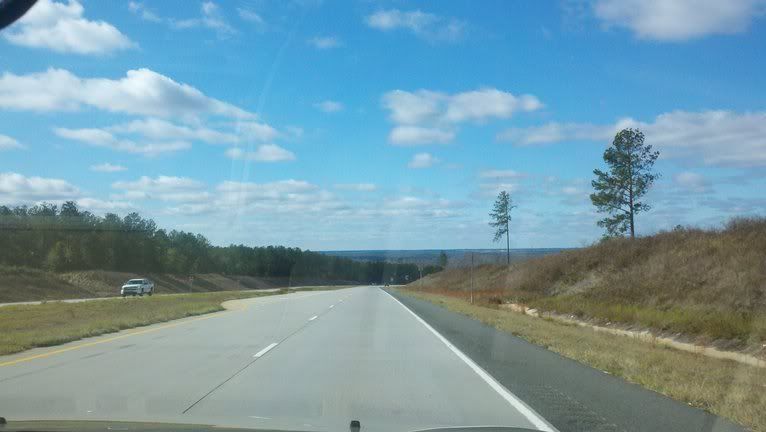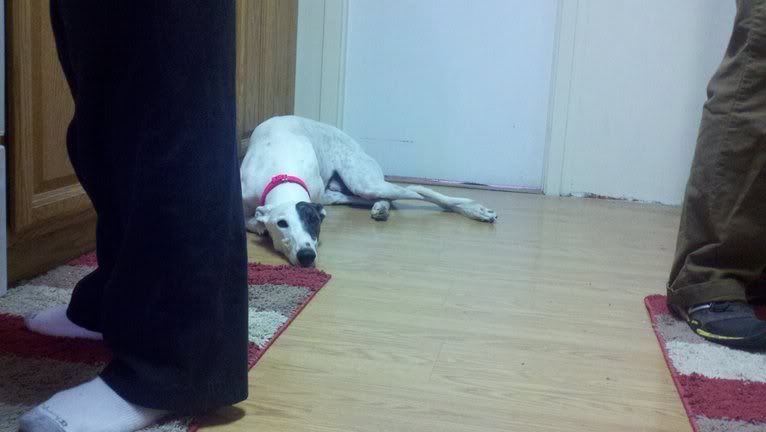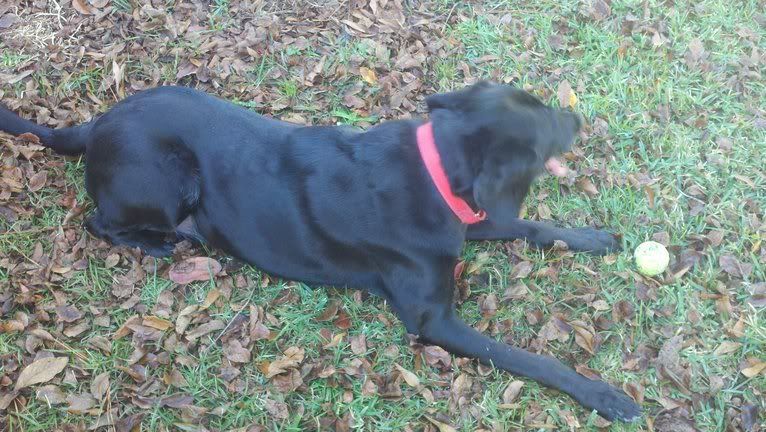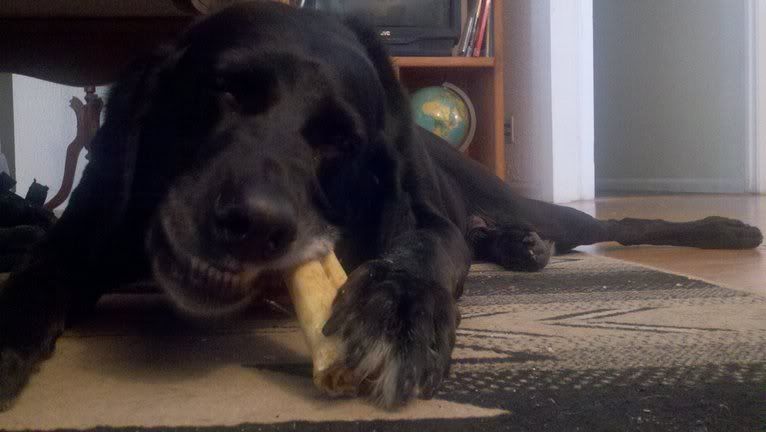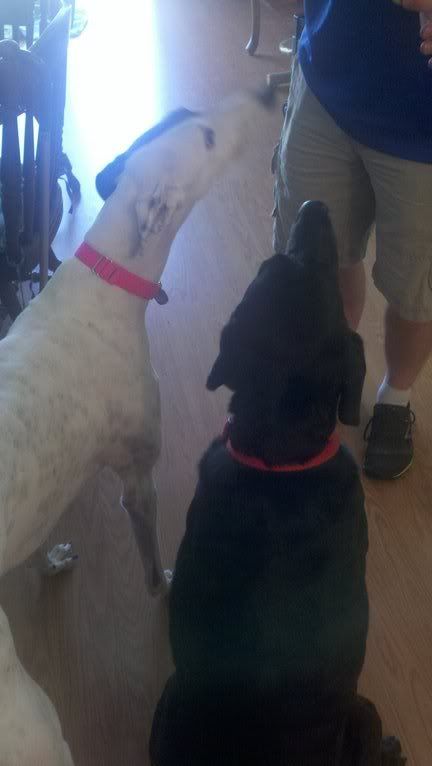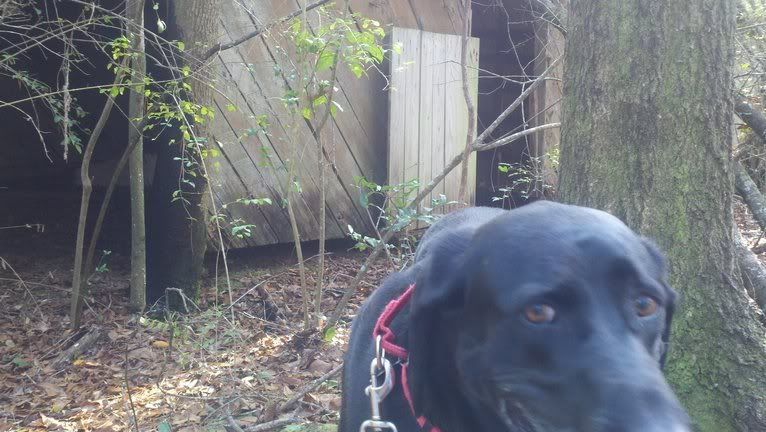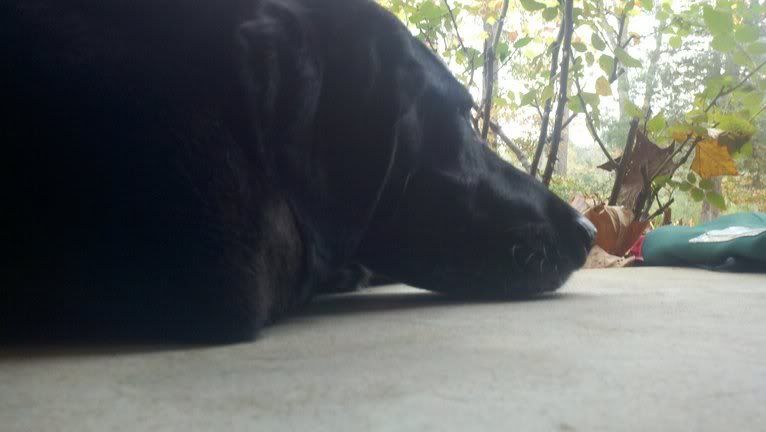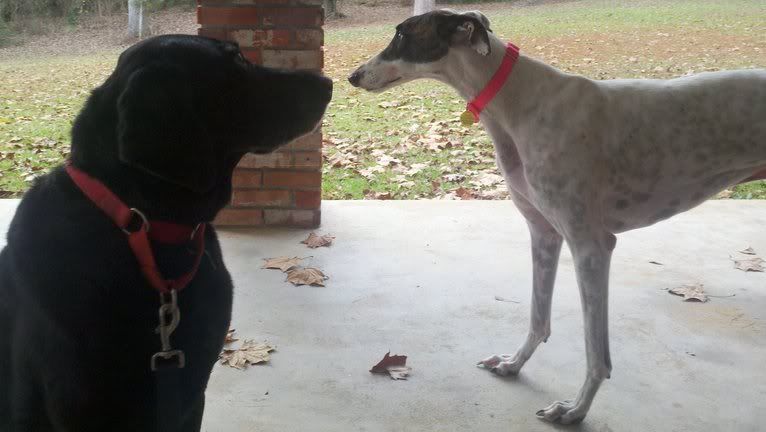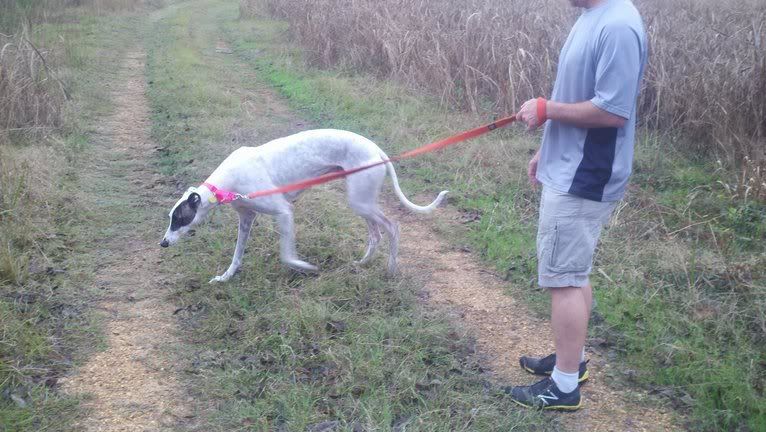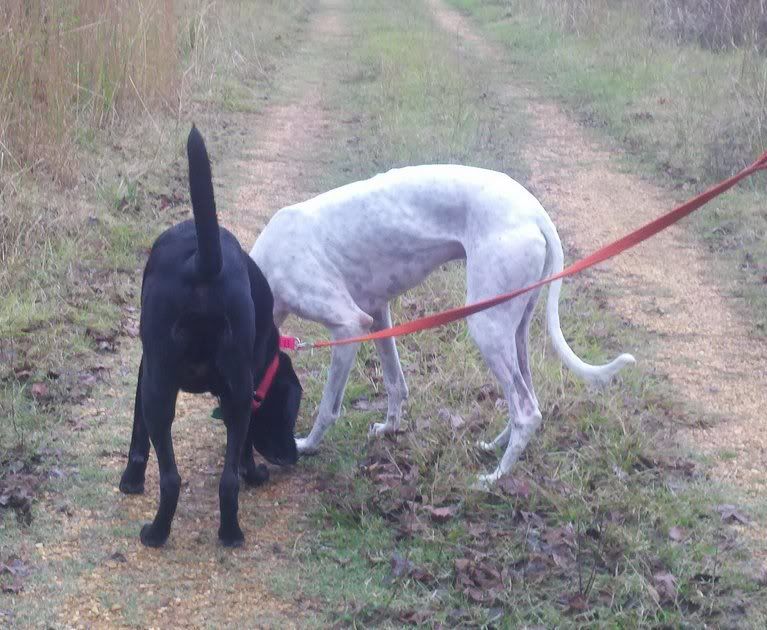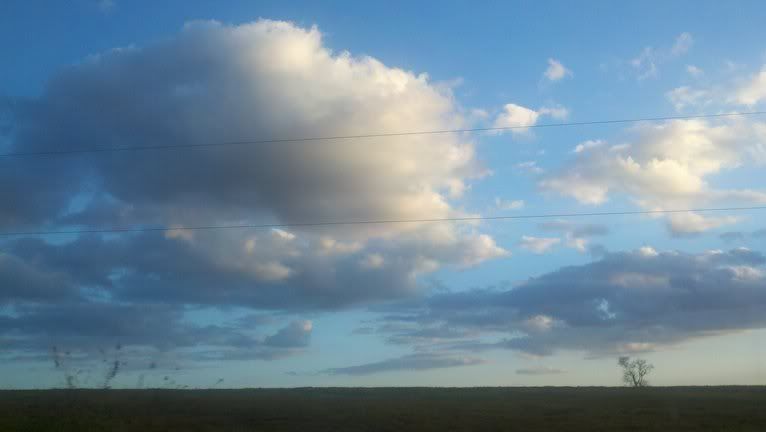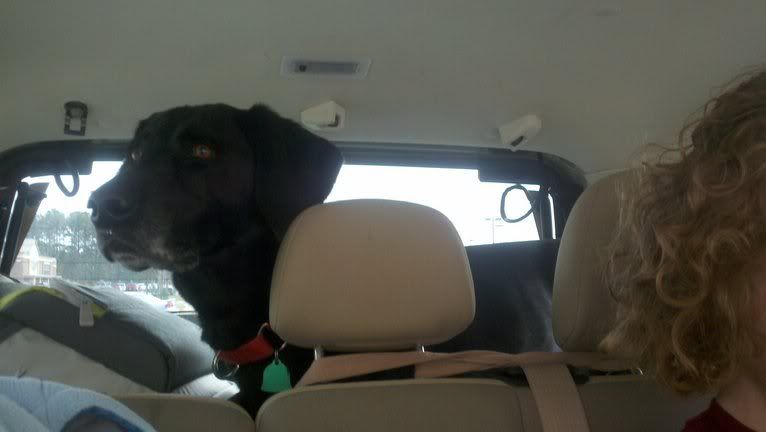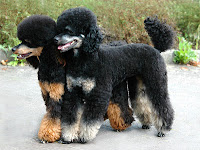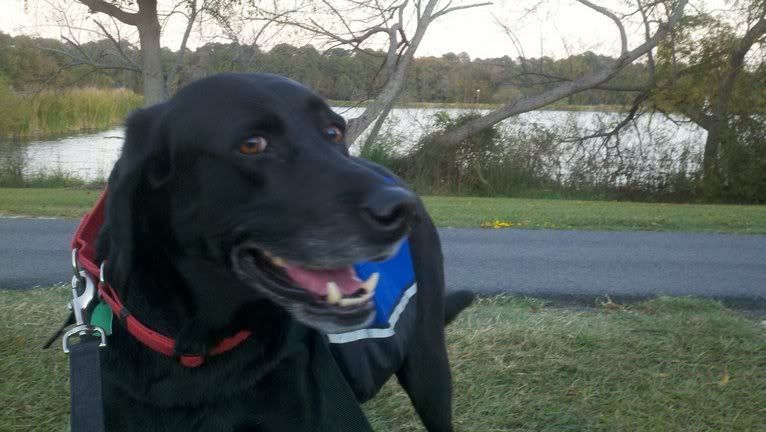 |
| One of the past University of Georgia mascots (Uga VI), showing the extremely exaggerated features of the English bulldog |
There has been much response in the dog blogging community to a recent article released in the
New York Times, and I thought I would weigh in on the subject.
As those of you who have been reading my blog for a little while should know, I live in Georgia. Football is a very popular sport in the United States (though I really don't like it), and since I'm in Georgia, it seems virtually everyone is enamored by the University of Georgia's football team. UGA's mascot, of course, is the English bulldog Uga. Uga has been maintained as a mascot for over fifty years through a continuous male familial line of pure white bulldogs that has been owned by the same man. Uga even made it into the book and film adaptation of
Midnight in the Garden of Good and Evil.
 |
| The same Uga as above, looking miserable |
People go gaga for Uga and the "dawgs," the common nickname for the team. However, is it really appropriate to have a live mascot? It comes down to health. Many other institutes of higher learning also have live mascots, such as Georgia Southern University. GSU has a bald eagle named
Freedom who was rescued through their raptor center and cannot be released into the wild due to a malformed beak. I have met Freedom, and he is a beautiful, lively, healthy bird. In comparison, you don't even have to meet Uga to know that he's not very healthy. One of the most commonly seen pictures of the mascot is of him sitting in his dog house on a pile of ice so that he will not overheat. He's constantly panting heavily in the Georgia heat, and his smashed in face is clearly not helping the matter. Then, of course, there's always the fact that the last official Uga,
Uga VIII, died at the incredibly young age of two from cancer. Uga VII died at age four of a heart attack. Though the pedigrees are not known, I find it likely that heavy inbreeding occurred in the line to perpetuate the all-white appearance (and to select for the more exaggerate type) and as such it's not surprising that the dogs are not living very long. I wouldn't be surprised if the next Uga died of heatstroke, despite the efforts to keep him cool.
 |
| A show bulldog in Poland |
One aspect of bulldogs that is not seen by the layperson, but is common knowledge in the dog world, is the breed's complete inability to breed or birth naturally. Their hips are so narrow and their heads so big that females cannot support the weight of males, and thus have to be held to allow for anything close to natural mating to occur. There are even specially made
breeding cradles that can be purchased for the purpose. If that doesn't work, artificial insemination will be necessary. Natural whelping is also basically impossible due to the narrow hips and gigantic heads that have been selected for in the breed. Cesarian sections are a
standard, rather than emergency, procedure. All of this puts the bitch at a horrible risk of complications, including infection and reaction to the anesthesia. How can bulldog breeders not realize how truly bad this is?
 |
| A famous bulldog painting from 1790 |
Historically, bulldogs looked very different. They were bred for bull baiting, and as such it was necessary for them to be very athletic, fleet of foot, and able to breath freely and easily to keep from dieing by the massive animals they were being sent after. Also, since they are from an era when veterinary care was far from spectacular, they had to be able to give birth naturally. Modern bulldogs are slow-moving, easily overheated creatures that are almost unrecognizable as being from the same breed as their ancestors. They cannot breath freely or mate or birth naturally due to selection for no muzzle and their extremely massive heads. And yet modern bulldog breeders claim that their dogs are more "correct" than those seen in the 1700's. They are also in constant denial of the fact that bulldogs are so unhealthy, and that they usually live such short lives. For the sake of the dogs, something has to be changed. Changing the standard may help, since breeders lean on them as an excuse to make the choices that they do (with such phrases as
"massive short-faced head" you can see how), but that isn't all that will have to go into the solution.
 |
| Uga I |
The changes that have occurred in the breed can even been seen when looking at how the dogs have changed over the past fifty years. Again, the Uga line is very telling. The first Uga, in my opinion, was a rather handsome dog, especially when compared to the bulldogs you see today. Yes, he was of an exaggerated type, but he still looks like he could run and jump and maybe play with a football if he so chose. You can still see the similarities to the dogs of centuries earlier. I bet he was also born naturally, since he was born in the 1950's. However, as you look through the Uga line, and at how each successive dog has become more and more exaggerated, it's clear things have gone down hill. Some people call bulldogs "cute," but I disagree. The expressions on their faces simply look miserable to me. Their breathing is
labored and they can't just simply run around and
be a dog since they overheat so easily.
Scottie, aka
Retrieverman, said to me a while ago that he thought an Alapaha Blue-Blood Bulldog (seen left) would be a good alternative to the English bulldog for UGA. I agree. Not only does their type lead to better breathing, and also natural breeding and whelping, but the breed is actually from Georgia!
Main sources are the New York Times and the University of Georgia. Images are from Wikimedia Commons or Flickr.com under Creative Commons licenses or are copyright free: one, two, three, four, six. Image number five, of Uga I, is copyright to the University of Georgia.











